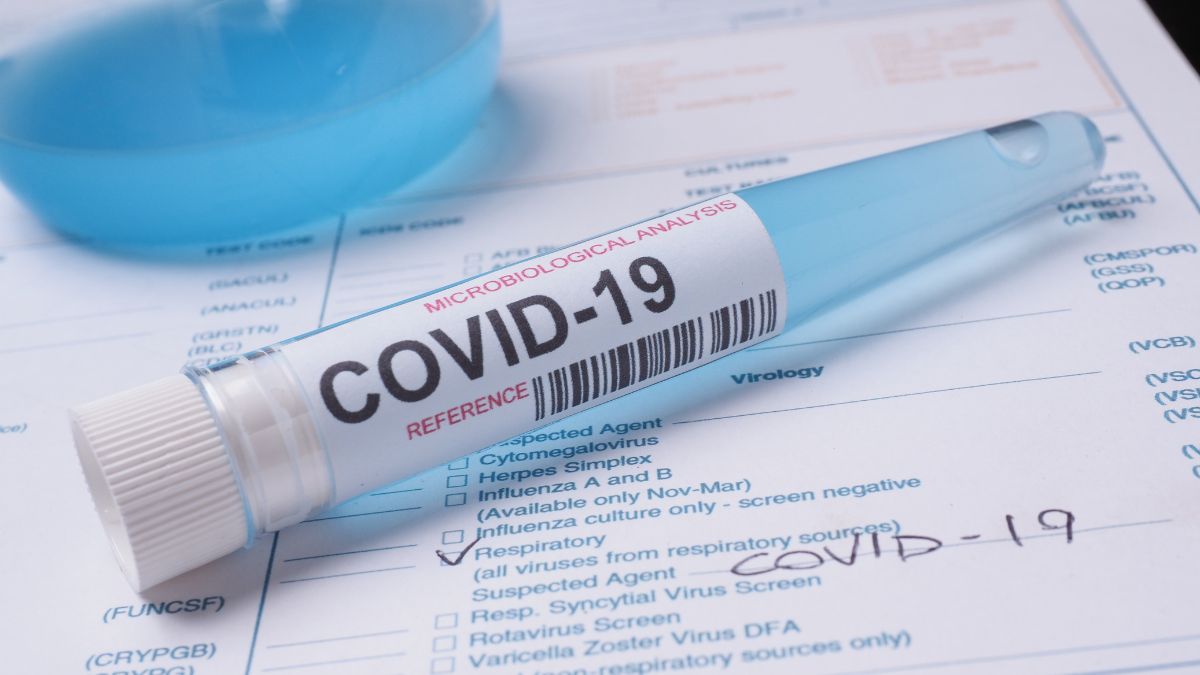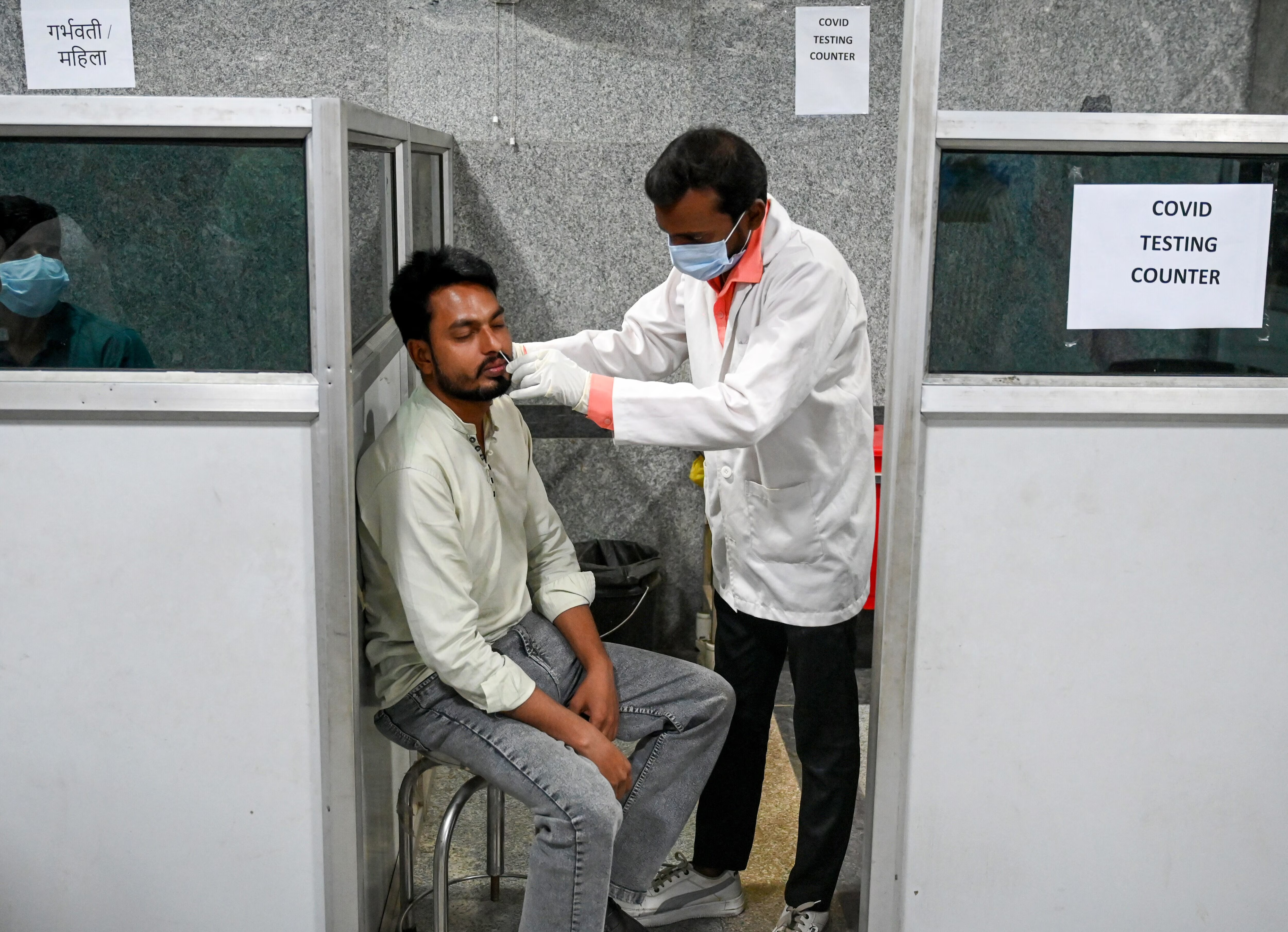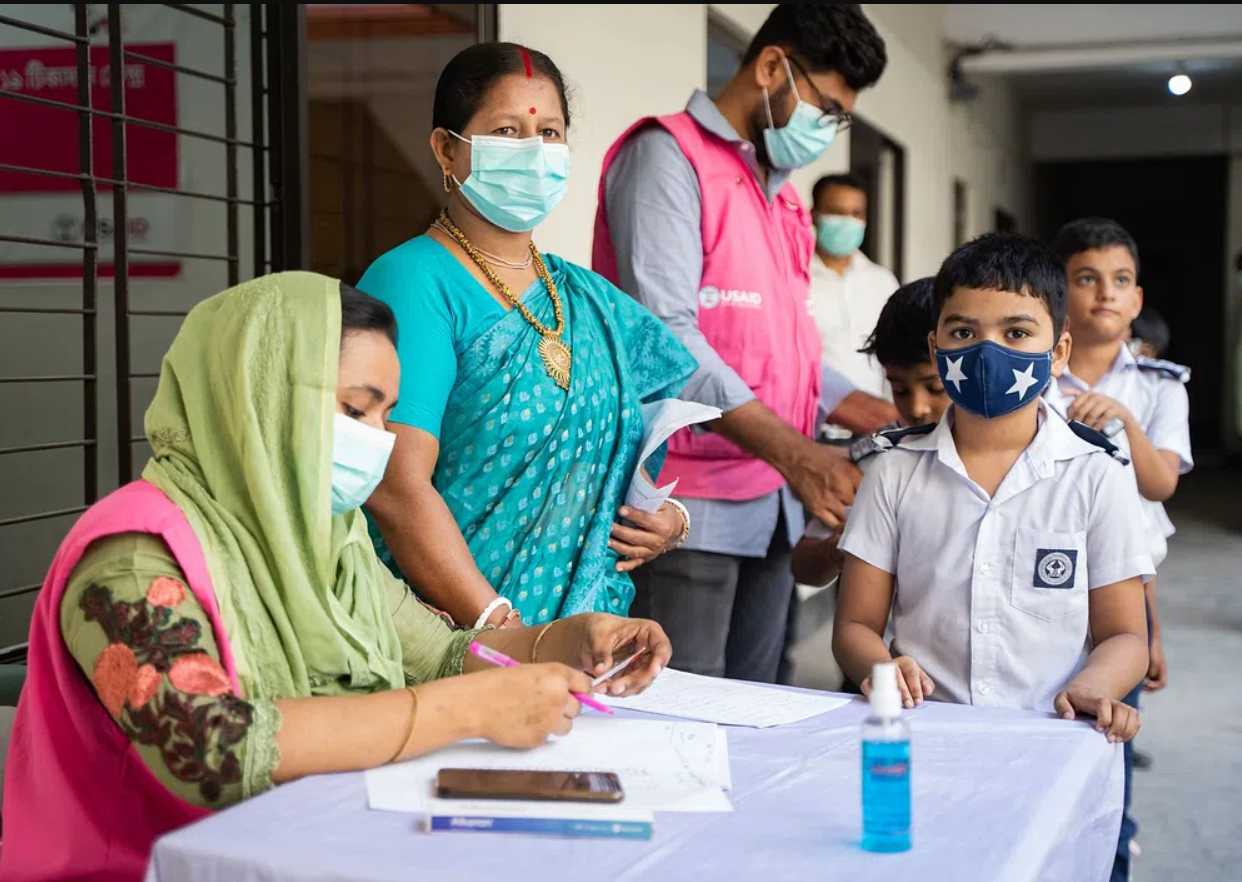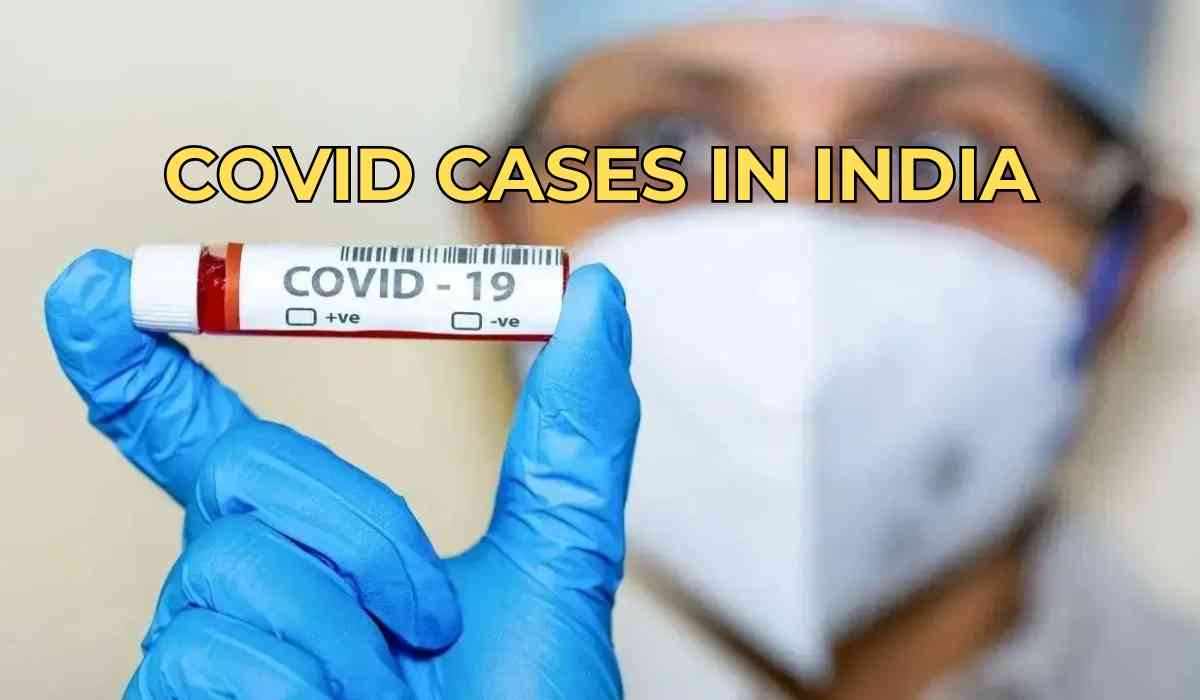India is witnessing a fresh wave of COVID-19 cases as active infections crossed the 4,000 mark on Tuesday, June 3, 2025. According to the latest data released by the Ministry of Health and Family Welfare, the total number of active COVID-19 cases in India rose to 4,026, marking an increase of 65 new cases within the past 24 hours. The death toll due to the virus also grew, with five fatalities reported in a single day.
This recent surge, which began around May 22, has seen the active caseload rise sharply from 257 to over 4,000, fueled primarily by the spread of highly transmissible subvariants, particularly NB.1.8.1 and LF.7.

COVID-19 Deaths and Case Overview: June 3, 2025
Among the five reported COVID-related deaths in the past 24 hours, four individuals were elderly patients with pre-existing medical conditions including diabetes, hypertension, and pneumonia. This trend underlines the heightened vulnerability of people with comorbidities to severe COVID-19 outcomes.
While most of the new infections are considered mild and manageable at home, health officials across India are keeping a close eye on the trend due to the virus’s evolving nature and the emergence of new variants.
Statewise Breakdown: COVID-19 Cases and Fatalities
The states experiencing the highest burden of cases in the current resurgence include:
|
State |
Active Cases |
New Cases (Last 24 Hours) |
Deaths (Last 24 Hours) |
|---|---|---|---|
|
Kerala |
1,416 |
-19 |
1 |
|
Maharashtra |
494 |
-12 |
2 |
|
Gujarat |
397 |
+59 |
0 |
|
Delhi |
393 |
-90 |
0 |
|
West Bengal |
372 |
+41 |
1 |
|
Karnataka |
311 |
+58 |
0 |
|
Tamil Nadu |
215 |
+26 |
1 |
An updated count for select states, considering more recent health data, includes:
-
Uttar Pradesh: 157 active cases
-
Rajasthan: 69 active cases
-
Madhya Pradesh: 23 active cases
-
Haryana: 28 active cases
-
Odisha: 12 active cases
-
Punjab, Jammu & Kashmir, Jharkhand: 6 active cases each
-
Andhra Pradesh: 17 active cases
-
Goa: 8 active cases
-
Puducherry: 41 active cases
-
Assam, Mizoram, Uttarakhand, Himachal Pradesh: 2 active cases each
-
Chandigarh, Sikkim, Ladakh: 1 active case each
-
Telangana: 3 active cases

Government Response: Hospitals and Infrastructure on Alert
In light of the upward trend in COVID-19 cases, the Union Ministry of Health and Family Welfare has urged both government and private healthcare facilities across states and Union Territories to remain prepared. Hospitals have been instructed to:
-
Maintain adequate bed availability
-
Ensure oxygen supply readiness
-
Stock up on antibiotics and other essential medications
Precautionary measures are also being adopted in educational institutions. In Karnataka, for instance, students, teachers, and staff have been observed wearing masks and practicing physical distancing.
In Delhi, the High Court has intervened by seeking a status report from the central government on its preparedness—particularly regarding sample collection processes, the availability of testing centers, and the transportation of samples for analysis.
Expert Insights: Most Cases Remain Mild
According to the Indian Council of Medical Research (ICMR), the majority of current COVID-19 cases in India are mild in nature. Several Omicron subvariants have been identified, including:
-
LF.7
-
XFG
-
JN.1
-
NB.1.8.1
Of these, LF.7, XFG, and JN.1 are the most dominant in circulation. The World Health Organization (WHO) has classified NB.1.8.1 and LF.7 as Variants Under Monitoring—a category that is less severe than “Variants of Concern” or “Variants of Interest” but still significant enough to warrant close observation.

NB.1.8.1 Variant: What You Need to Know
The NB.1.8.1 variant, a descendant of the JN.1 lineage from the Omicron family, is at the center of the current surge in India and several other countries.
It has been reported in:
-
India
-
China
-
The United States
-
Other parts of Asia
Key Symptoms of NB.1.8.1:
-
Fever
-
Cough
-
Sore throat
-
Headache
-
Body aches
-
Loss of appetite
-
Fatigue
-
Runny nose
Though NB.1.8.1 has been associated with high transmission rates, especially in China, health experts from the Centers for Disease Control and Prevention (CDC) and Indian medical authorities emphasize that it typically causes mild illness and low hospitalization rates.
Central and State Coordination: Health Minister’s Statement
Prataprao Jadhav, Union Minister of State for Health and AYUSH, has reassured the public that both central and state governments are actively monitoring the situation.
“Both our Central Health Department and the AYUSH Ministry are fully alert and closely monitoring the situation across all states to ensure timely response,” said Jadhav.
The Ministry has ramped up:
-
Inter-state coordination
-
Surveillance and monitoring efforts
-
Public information campaigns

Public Advisory: How to Stay Safe During the COVID-19 Resurgence
While health authorities stress that there is no reason to panic, they urge citizens to stay vigilant and adopt simple but effective preventive measures:
Expert-Recommended Safety Measures:
-
Wear Masks: Especially in enclosed or crowded spaces.
-
Hand Hygiene: Regularly wash hands or use alcohol-based sanitizers.
-
Vaccination: Stay up to date with all recommended COVID-19 vaccine doses and boosters.
-
Symptom Monitoring: Look out for early signs like sore throat, mild fever, or fatigue.
-
Protect Vulnerable Groups: Take extra precautions for the elderly and those with chronic illnesses or compromised immunity.
Regional Trends: States on High Alert
The primary drivers of this COVID-19 resurgence remain the Omicron subvariants JN.1 and NB.1.8.1. States like Kerala, Maharashtra, Gujarat, Delhi, West Bengal, and Karnataka continue to report the highest number of infections.
As part of state-level responses:
-
Delhi High Court has sought government updates on containment and surveillance.
-
Hospitals have been asked to ensure preparedness in terms of staff, equipment, and oxygen supply.
-
Mask advisories and public hygiene campaigns have been relaunched across several states.
A Cautious but Prepared India
India's current COVID-19 trend shows a clear uptick in active cases, crossing 4,000 active infections as of early June 2025. While the new subvariants—particularly NB.1.8.1—are highly transmissible, they are largely resulting in mild cases. Government bodies at both the state and central levels are taking proactive steps to monitor and contain the situation.
Citizens are advised to stay informed, follow health guidelines, and cooperate with ongoing public health measures. With appropriate vigilance, vaccination, and preparedness, India aims to manage this resurgence effectively without allowing the virus to overwhelm the healthcare system.
With inputs from agencies
Image Source: Multiple agencies
© Copyright 2025. All Rights Reserved Powered by Vygr Media.






















